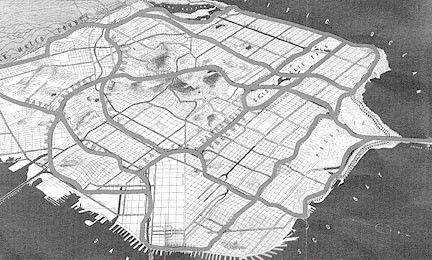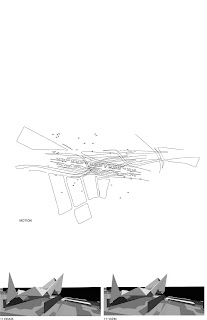Sorry (Nick) I was planning to post something so we could start a dialog, but I haven’t put anything on paper, focusing on other things, just to avoid facing what seems like an increasingly impossible task of developing a proposal out of all that we’ve done. The more I look back on the research the more immobilized I become. So I wrote something instead:
The temporary can be represented through various strategies: mechanical movement (of incidental systems, of entire architectural components), inflation, projection, palimpsest, visual phenomenon (forced perspective, etc.). Presumably, The examination of temporal systems stems from the analysis of atmospheric conditions, i.e., the changing state of atmospherics, combined with the desire to transport specific design solutions to graft onto general, representative conditions, would logically generate a temporal proposal. Presumably, one temporal strategy is more appropriate than another based on other project factors.
However, if we want to bring mapped conditions into the proposal, how does it relate to a temporal proposal, or does it? We investigated relationships that were not readily apparent in a first look at a map of san Francisco. Does anyone’s ‘discovery’ play into what they are making, outside of some programmatic influence? All streets wider than 20' contain a majority of white people that drink Pete's organic fair trade Columbian dark roast, right?
Also, are ideas that evolve out of mapping, walking, sensing, diagramming, programming, form generation, specific site analysis, general site conditions and eventual scripting rolled up in one big, overarching idea? Are they necessarily related at all? If you had a different idea for how you approached each one of these research project, and you try to roll it all together, shouldn’t it just be one big confused mess? If you actually let the research guide where you would go, these things probably don’t have anything to do with one another. Maybe that’s OK, but how do you decide which thread was most important (to you, to the studio, to the site???)
I think I’ll just go make some nice shapes…






































